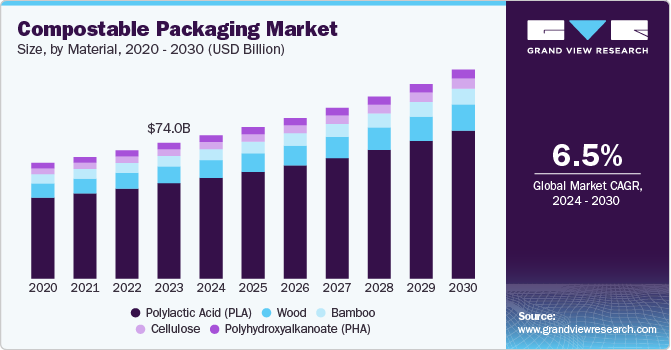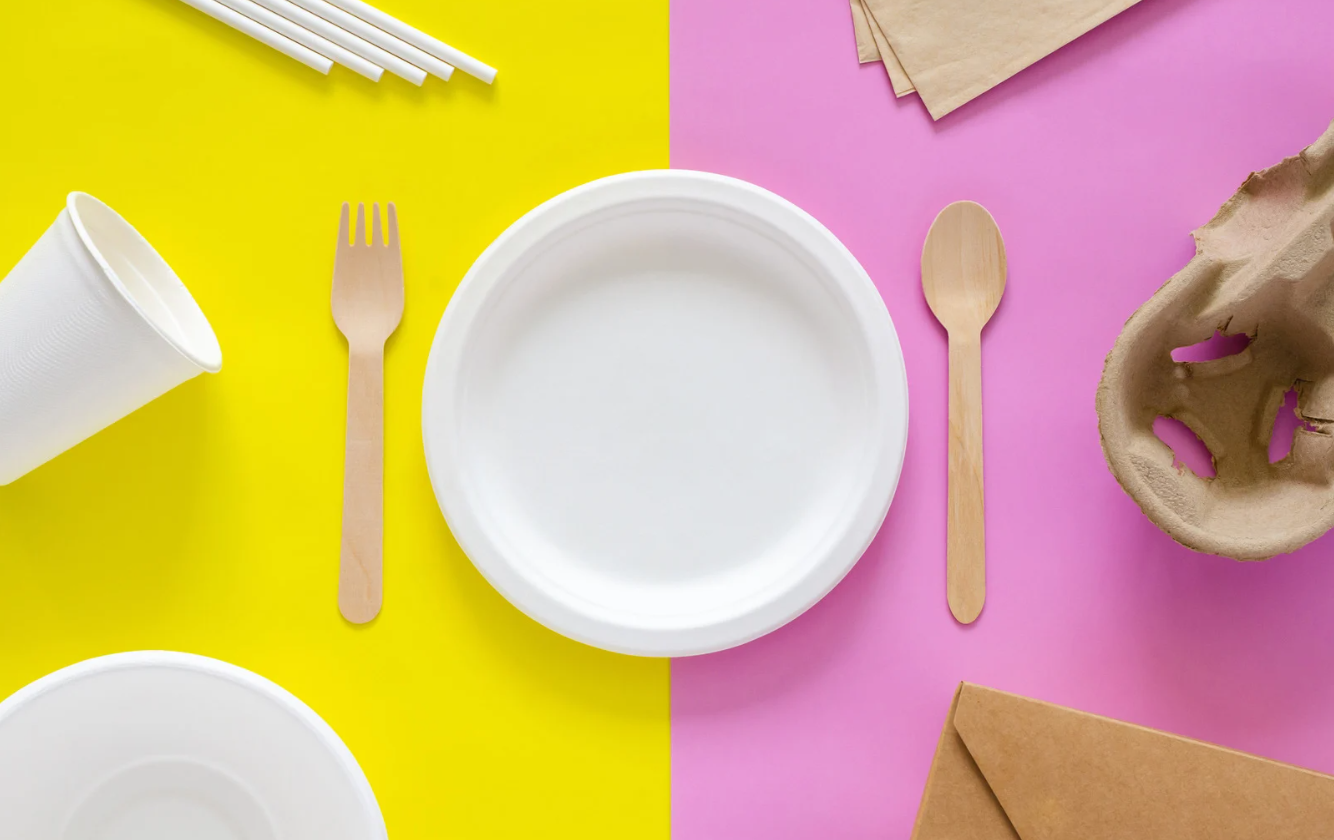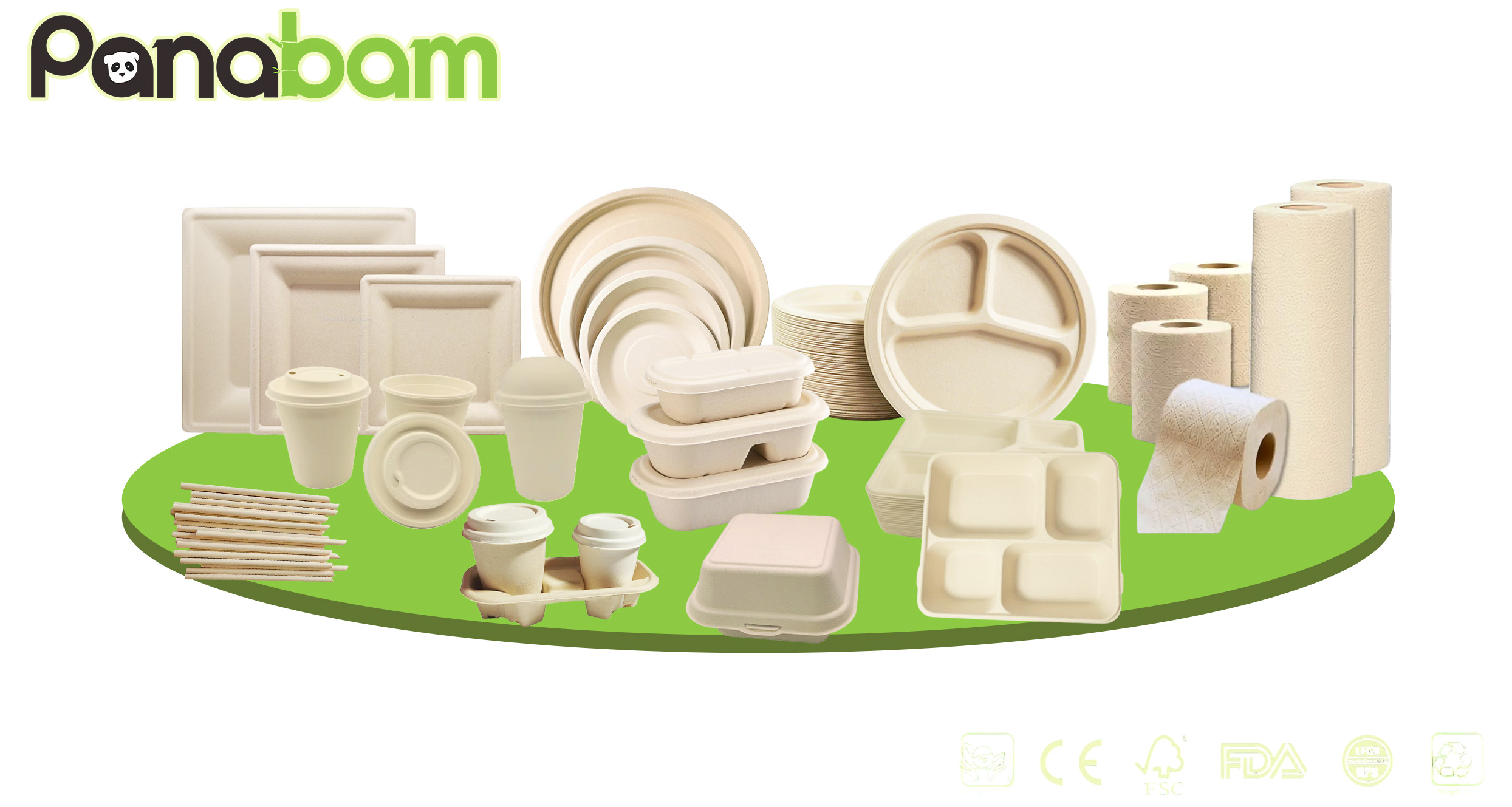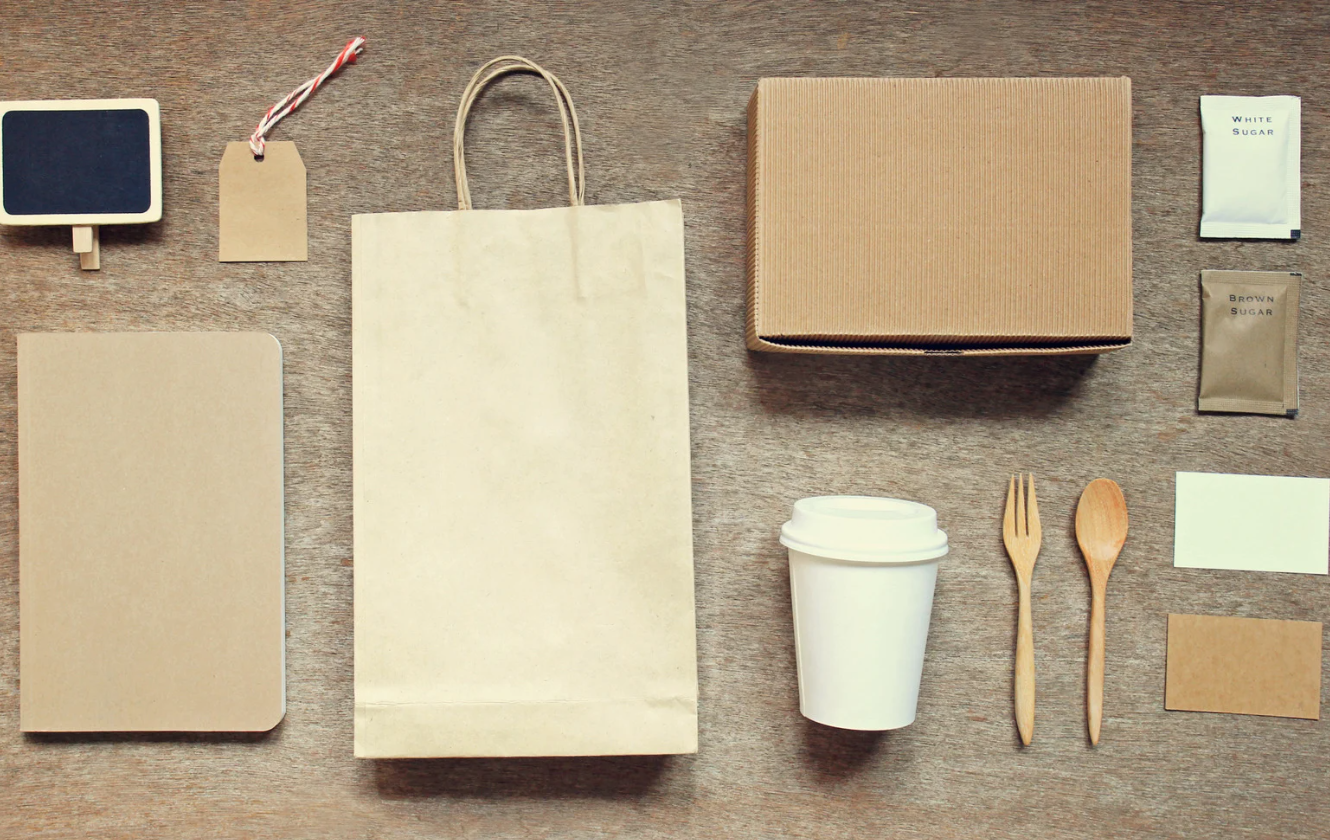
The global plastic pollution crisis is growing. Eco-friendly packaging options like compostable materials are emerging as a solution. But has compostable packaging really become mainstream? This is an important question that needs closer examination.
Compostable packaging offers a viable alternative to plastic. It’s gaining momentum, but is it a mainstream solution yet? Let’s explore further.
We must dive deeper into the current market situation, innovations, and challenges facing this growing trend to answer this question. Keep reading to explore how compostable packaging is becoming more than just a trend and what it means for the future.
Current Market Status and Growth Trends of Compostable Packaging?
The rise of compostable packaging is driven by consumer awareness, government regulations, and technological advancements. The market is growing rapidly, but are we really ready for widespread adoption? Let’s analyze the data.
The market for compostable packaging is expected to grow from $74 billion in 2023 to over $110 billion by 2030. But how fast can it reach mainstream adoption? The answer lies in understanding the key growth drivers.

Market Size and Growth Projections
The global compostable packaging market is projected to grow at a compound annual growth rate (CAGR) of 6.5%-8.4%. This growth is influenced by several factors, including government regulations and rising consumer demand. These factors work together to make compostable packaging an increasingly attractive option.
- Government regulations, like the EU’s Single-Use Plastics Directive, are pushing brands to find alternative solutions.
- Growing consumer demand for eco-friendly products is influencing businesses across industries to adopt compostable packaging.
Here is a table of growth projections:
| Year | Market Size (Billions USD) | Projected CAGR (%) |
|---|---|---|
| 2023 | 74 | – |
| 2024 | 79 | 6.5 |
| 2030 | 110 | 8.4 |
Government Regulations and Consumer Demand
Government policies are tightening globally, urging businesses to adopt more sustainable packaging options. In the European Union, for example, the Single-Use Plastics Directive forces businesses to move towards compostable or recyclable alternatives. Additionally, various US cities have introduced plastic bans, further accelerating the adoption of compostable packaging.
Consumers, on the other hand, are becoming increasingly aware of environmental issues. With that awareness, they are demanding brands take concrete action to reduce their environmental impact. Therefore, this consumer-driven demand is pushing businesses to adopt compostable packaging as a way to stay competitive.
Applications and Diversification of Compostable Packaging?
Compostable packaging isn’t just for food anymore. As technology improves, this material is finding applications in several industries, ranging from retail to disposable tableware. This diversification is another key factor that could push compostable packaging towards mainstream adoption.
Compostable packaging is becoming more versatile, with new innovations meeting diverse packaging needs. The question remains: will these innovations allow compostable materials to fully replace plastic?

Material Innovations
Compostable packaging has evolved significantly in recent years. New materials such as bamboo fiber, seaweed-based products, and bioplastics are being developed to solve various packaging needs while offering a sustainable alternative to plastic.
For example, bamboo fiber is now being used to create disposable tableware. Bioplastics are used for food packaging. Seaweed-based packaging is particularly interesting because of its water-resistant properties, making it a great alternative for packaging in moist environments.
New Material Examples
| Material | Application | Key Benefits |
|---|---|---|
| Bamboo Fiber | Disposable tableware | 100% natural, biodegradable |
| Seaweed-based | Packaging | Water-resistant, compostable |
| Bioplastics | Food packaging | Compostable, eco-friendly |
Technological Innovations
Technological advancements in compostable packaging materials are making these options more viable. For instance, there have been improvements in bioplastic transparency. This allows food packaging to not only be more sustainable but also maintain the desired display quality. In addition, new technologies in water resistance are helping ensure food items stay fresh and protected during transportation.
Thanks to these innovations, the performance of compostable packaging is becoming more reliable, reducing one of the key barriers to widespread adoption.
Challenges and Solutions for Buyers?
Compostable packaging presents a unique set of challenges for buyers. Whether it’s sourcing from trustworthy suppliers or ensuring product quality, these challenges can affect the purchasing decision. However, there are solutions available.
The market for compostable packaging has great potential, but buyers need to be cautious about quality, certifications, and cost. While this option is more sustainable, it is not without its challenges.

Quality Control and Certifications
Ensuring the quality of compostable packaging is crucial. Certifications such as BPI and EN13432 verify that the product meets industry standards for compostability. Without these certifications, businesses risk purchasing subpar materials that do not meet environmental regulations or fail to decompose properly.
It’s essential for buyers to work with suppliers who can provide authentic certifications, ensuring they receive the right materials for their needs.
Key Certifications for Compostable Packaging
| Certification | Description |
|---|---|
| BPI | Biodegradable Products Institute Certification |
| EN13432 | European Standard for Compostable Packaging |
Supply Chain Challenges
Reliability in the supply chain is a key consideration for buyers of compostable packaging. Timely delivery is critical, especially during peak seasons. Delayed shipments can result in missed selling opportunities. Efficient communication with suppliers can help avoid these issues and ensure a smooth purchasing process.
To address these challenges, buyers must look for suppliers who provide clear and responsive communication, along with guaranteed delivery schedules.
Balancing Cost and Quality
In a price-sensitive market, it’s important for buyers to balance cost and quality. Compostable packaging can sometimes be more expensive than plastic or other traditional packaging options. However, the long-term environmental benefits and regulatory compliance make it a worthwhile investment for many businesses. Buyers need to work with suppliers who can offer a good balance between cost and quality, without compromising on sustainability.
How PANABAM Helps Buyers Seize the Green Market Opportunity?
At PANABAM, we help businesses overcome these challenges. Our compostable packaging products are of the highest quality, customizable, and made from 100% natural bamboo fiber. We are committed to supporting our clients in their sustainability efforts, ensuring they receive the best products with the least amount of hassle.
PANABAM’s extensive experience, innovative production lines, and dedication to sustainability make us an ideal partner for businesses looking to enter the green packaging market.

Customizable Products and Services
At PANABAM, we offer a wide range of customizable products that help businesses maintain their brand identity. Our products are biodegradable, compostable, and made from 100% natural materials. Whether you need personalized logos or unique packaging designs, we provide solutions tailored to your needs.
PANABAM’s Supply Chain Strengths
| Strength | Detail |
|---|---|
| Efficient Communication | We ensure prompt and clear responses. |
| On-time Delivery | Timely deliveries, even during peak seasons. |
| Certifications | Authentic BPI and EN13432 certifications. |
Global Reach and Expertise
With over 20 years of experience, PANABAM has worked with clients worldwide, including major markets such as the US, UK, Japan, and Australia. Our global reach enables us to meet the needs of our B2B clients in diverse regions, providing them with the best possible solutions for their compostable packaging needs.
Future Outlook: The Mainstream Trend of Compostable Packaging?
The future of compostable packaging looks promising. As government policies tighten and consumer demand increases, the market for compostable packaging will continue to expand. Innovations in technology will drive down costs and improve the performance of compostable materials, making them more accessible to a wider range of industries.
Continued adoption of compostable packaging will push it closer to mainstream status. Ongoing technological improvements will reduce costs, and growing consumer demand will only accelerate this shift.

Technological Advances and Cost Reduction
Technological advances will continue to improve the performance of compostable packaging, especially in terms of food preservation and display qualities. As these technologies evolve, production costs will likely decrease, making compostable packaging an even more attractive option for businesses.
Consumer Demand and Policy Support
Consumer demand for sustainable products is rising, and government regulations are becoming more stringent. These factors combined will drive the growth of compostable packaging. The future of packaging is green, and businesses that embrace these solutions will have a competitive edge in the market.
Conclusion
Compostable packaging is rising in popularity and moving closer to mainstream adoption. With stronger government support, increased consumer demand, and ongoing technological innovations, this trend is here to stay.
If you’re ready to make a meaningful impact on the environment and align your business with sustainable practices, consider making the switch to compostable packaging today. At PANABAM, we offer top-quality, customizable, and eco-friendly solutions to help you transition seamlessly into a greener future. Get in touch with us now to learn more about how our innovative products can elevate your brand and meet your sustainability goals!

Ann
Hi, I’m Ann, and with over 5 years of experience in the foodservice industry, I’ve had the pleasure of working with restaurants and catering businesses to develop eco-friendly, tailored solutions that help you thrive in today’s green economy. I’m passionate about sustainability and committed to providing high-quality products that align with your values.
If you’re looking to make the switch to eco-friendly, sustainable tableware, I’m here to help! Reach out today, and let’s explore how we can support your business’s goals while contributing to a healthier planet.